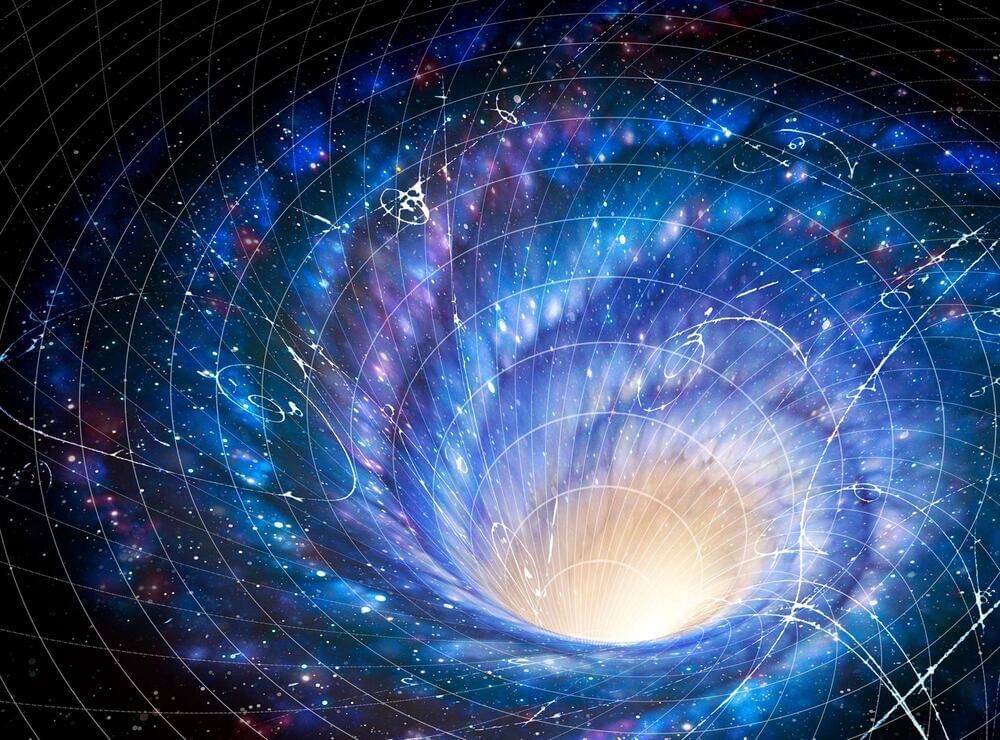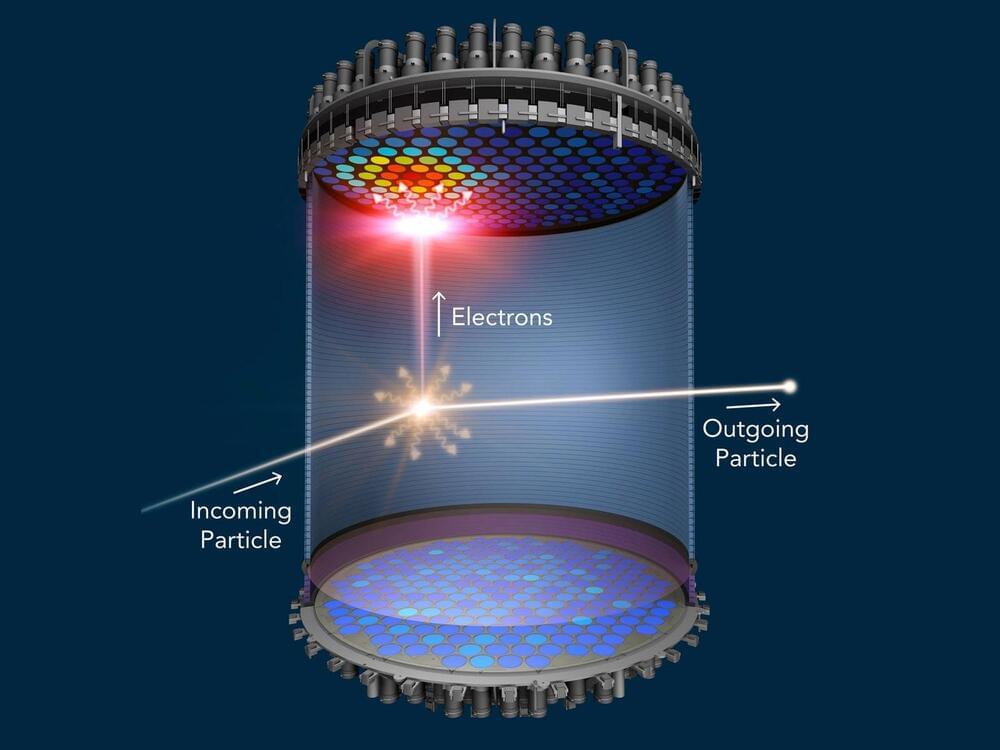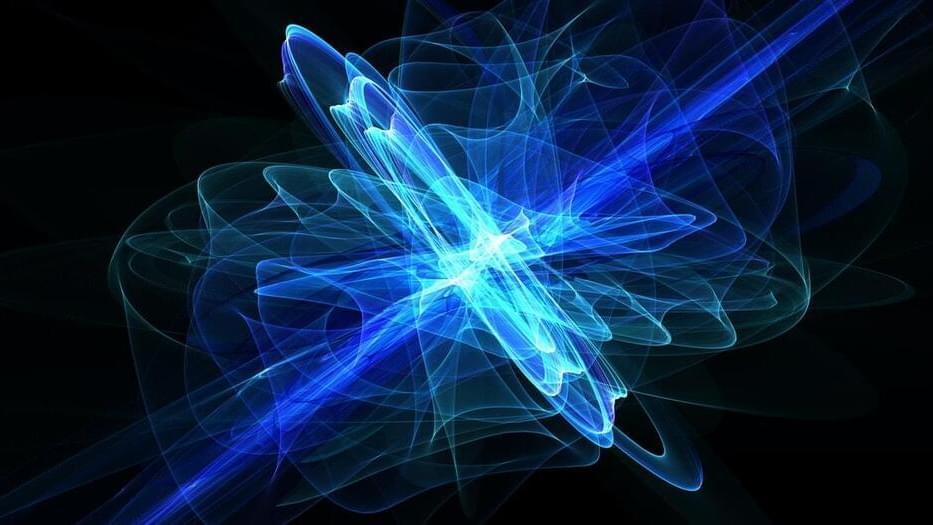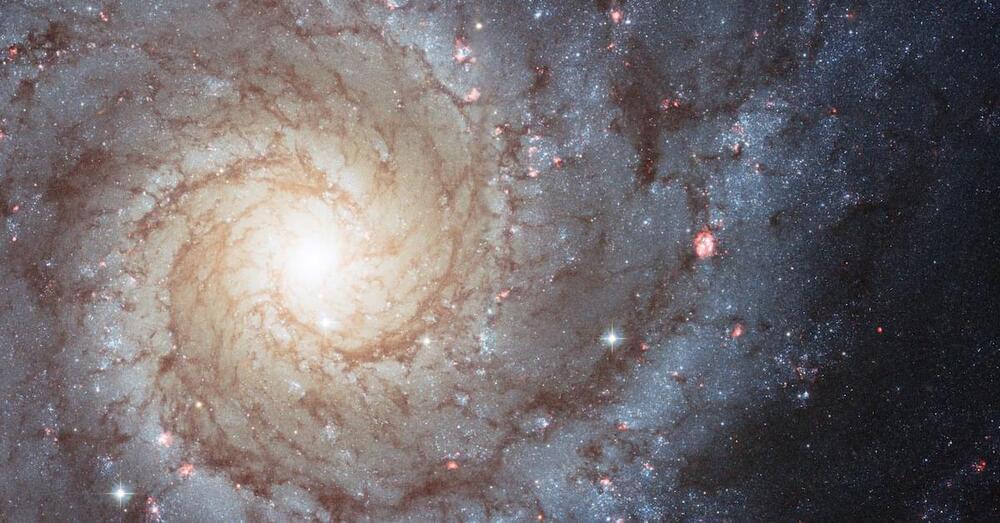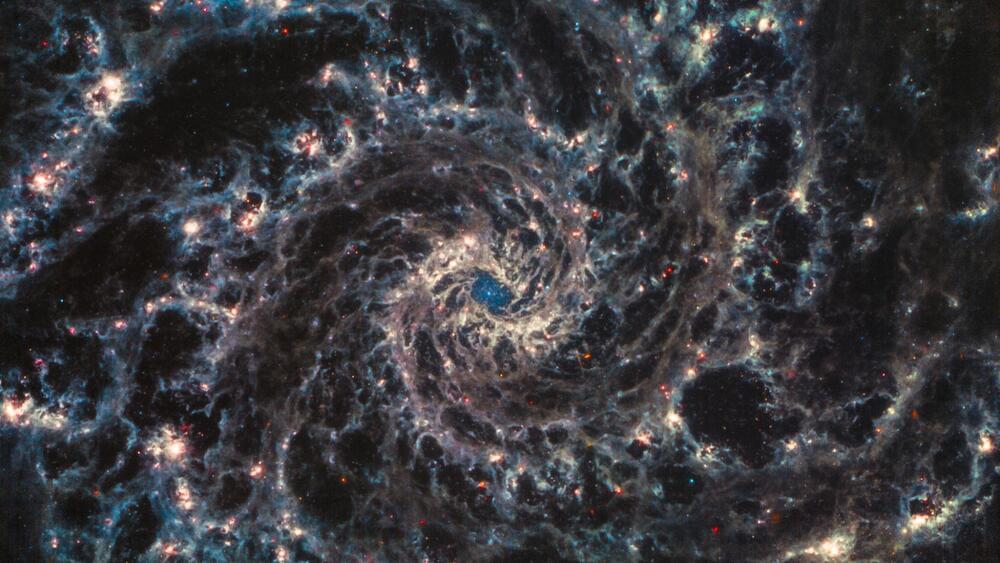What would happen if you fell into a black hole? Join James Beacham, particle physicist at the Large Hadron Collider at CERN, as he explores what happens when the fabric of reality – physical or societal – gets twisted beyond recognition.
Watch the Q&A with James here: https://youtu.be/Q37oEB4bNSI
Subscribe for regular science videos: http://bit.ly/RiSubscRibe.
James Beacham searches for answers to the biggest open questions of physics using the largest experiment ever, the Large Hadron Collider at CERN. He hunts for dark matter, gravitons, quantum black holes, and dark photons as a member of the ATLAS collaboration, one of the teams that discovered the Higgs boson in 2012.
In addition to his research, he is a frequent keynote speaker about science, innovation, the future of technology, and art at events and venues around the world, including the American Museum of Natural History, the Royal Institution, SXSW, and the BBC, as well as private events for companies and corporations, including KPMG, Bain, Dept Agency, and many others.
This talk was recorded at the Royal Institution on 28 October 2021.
–
